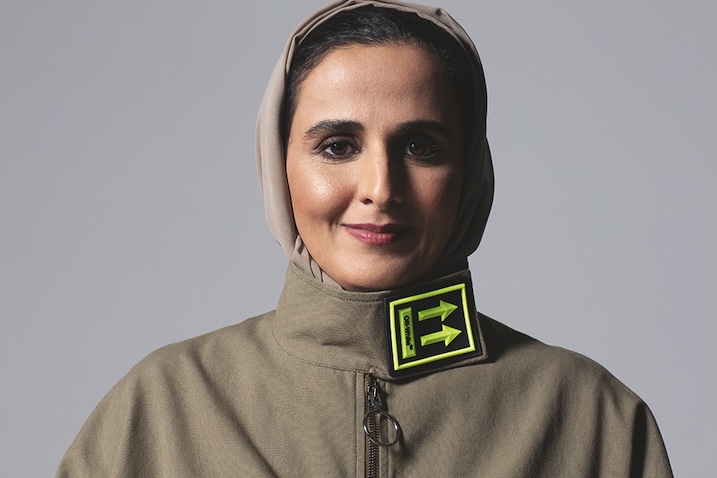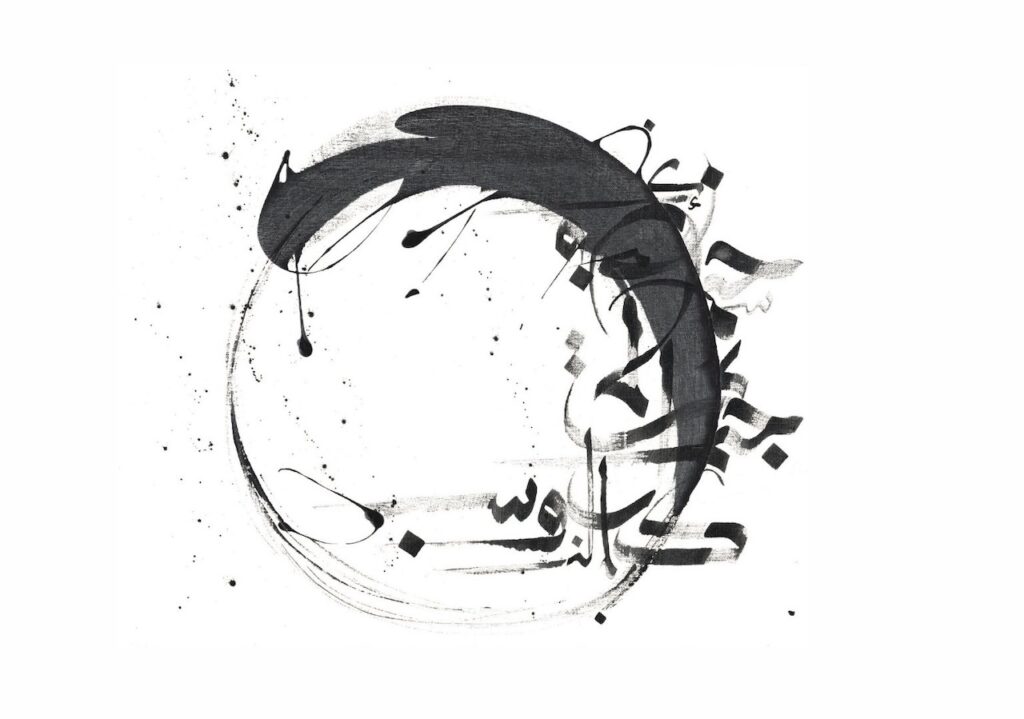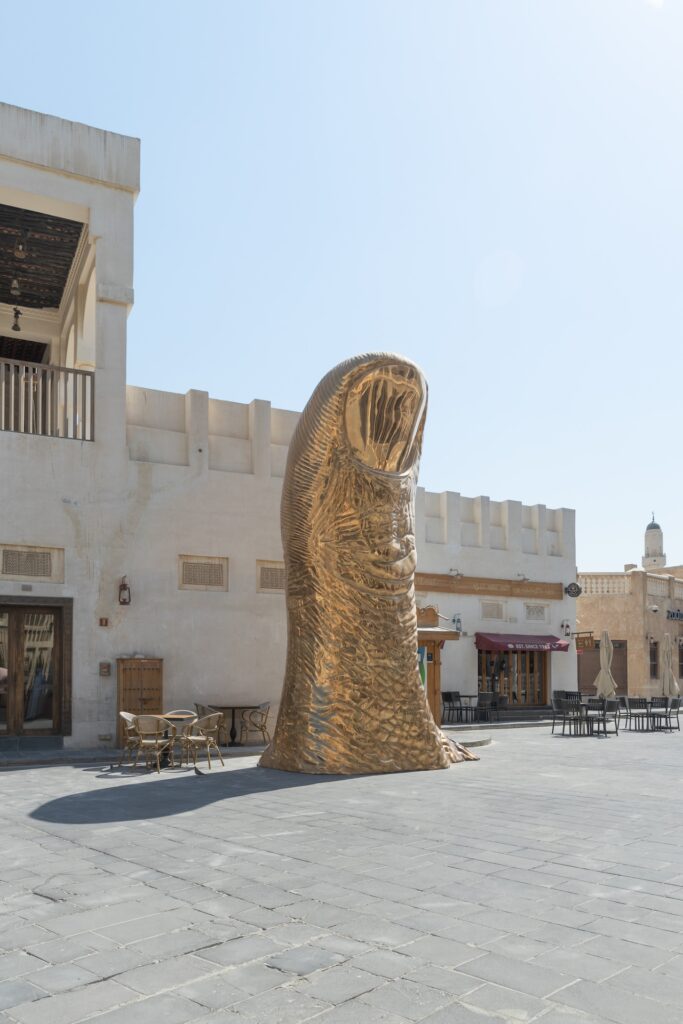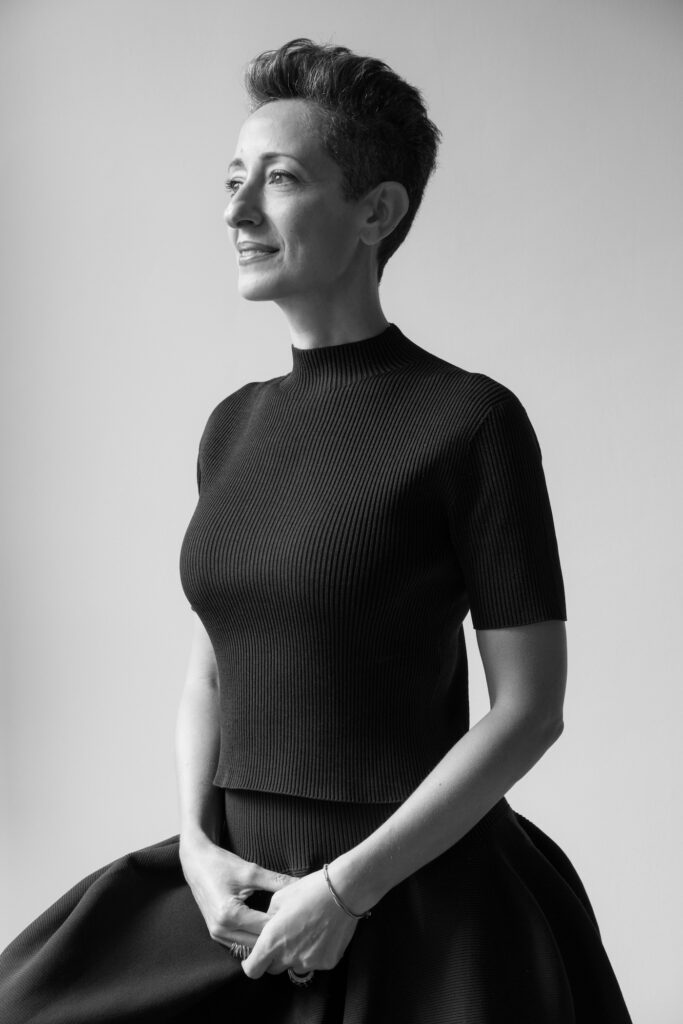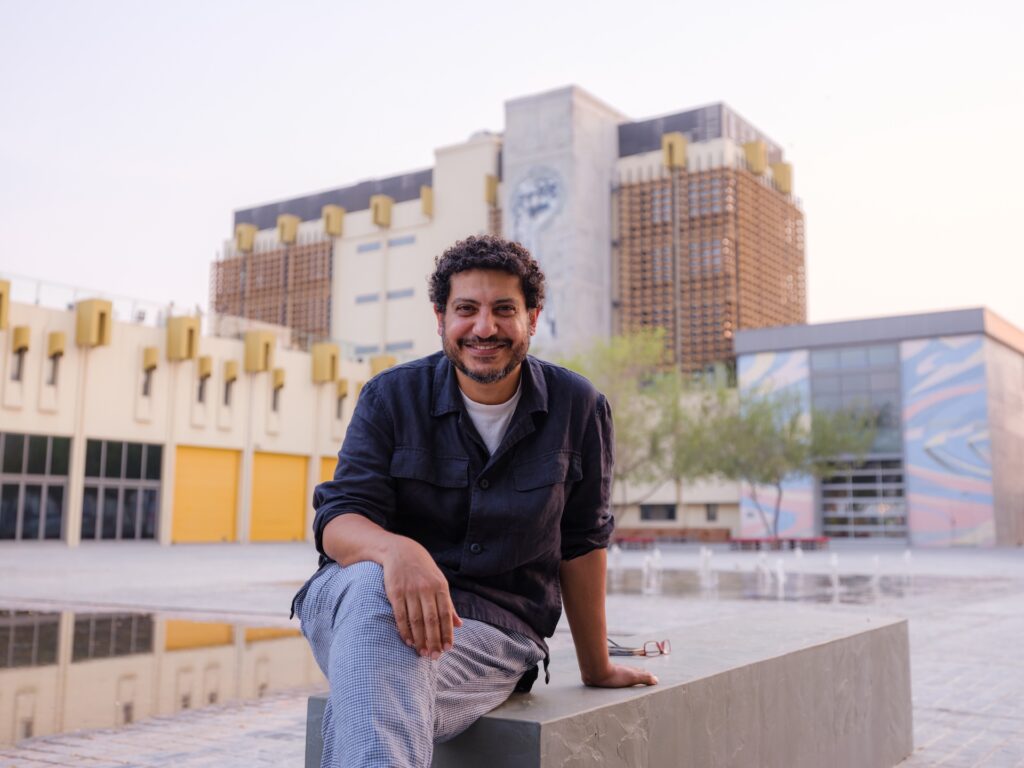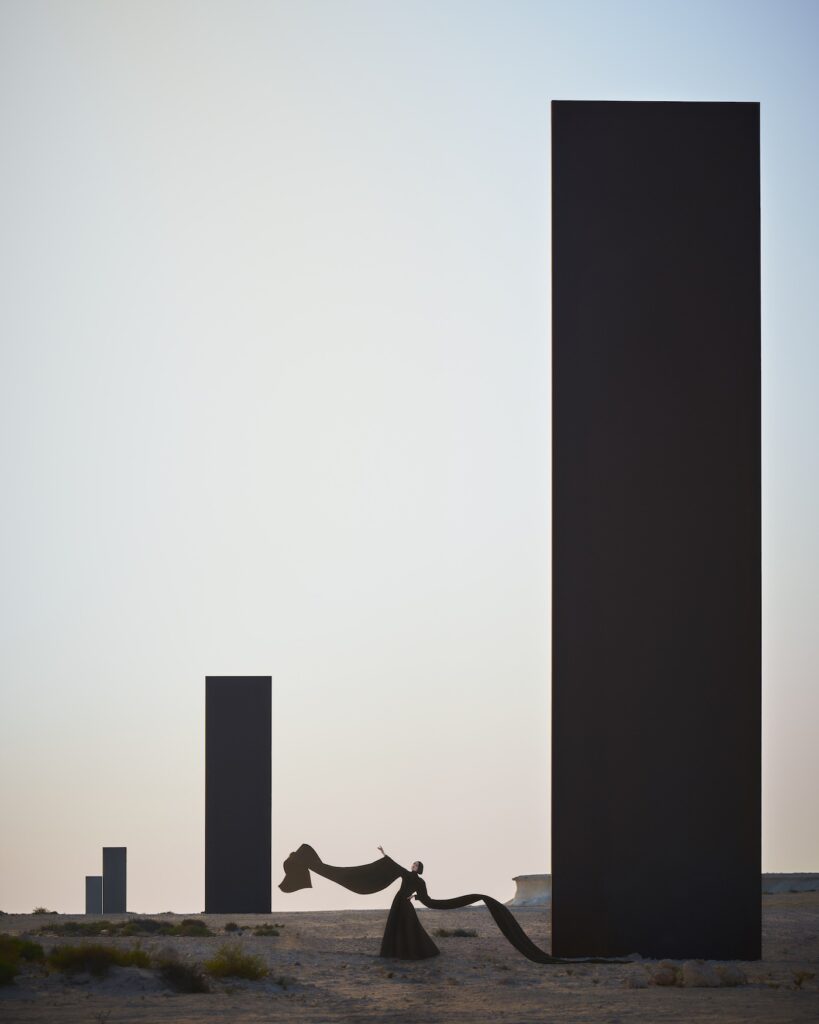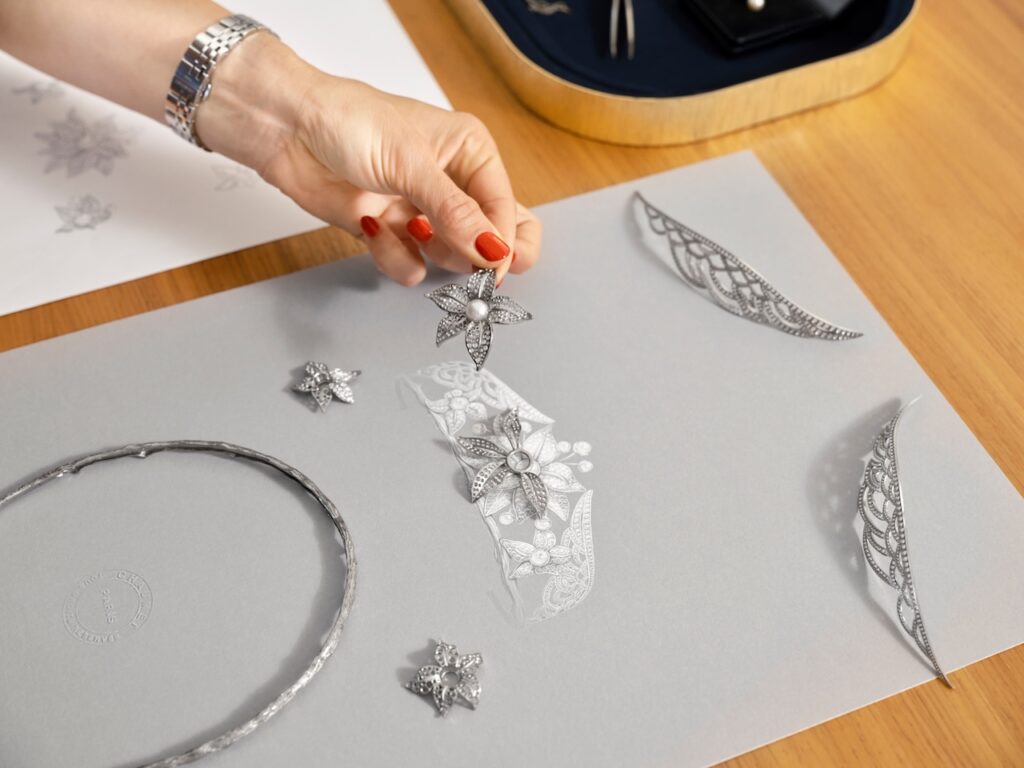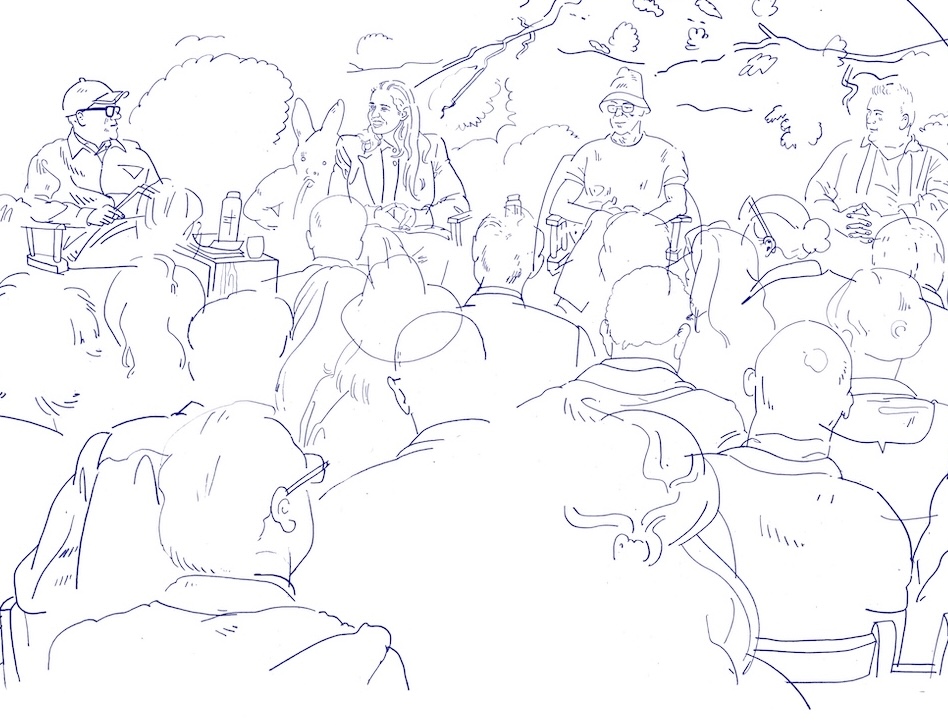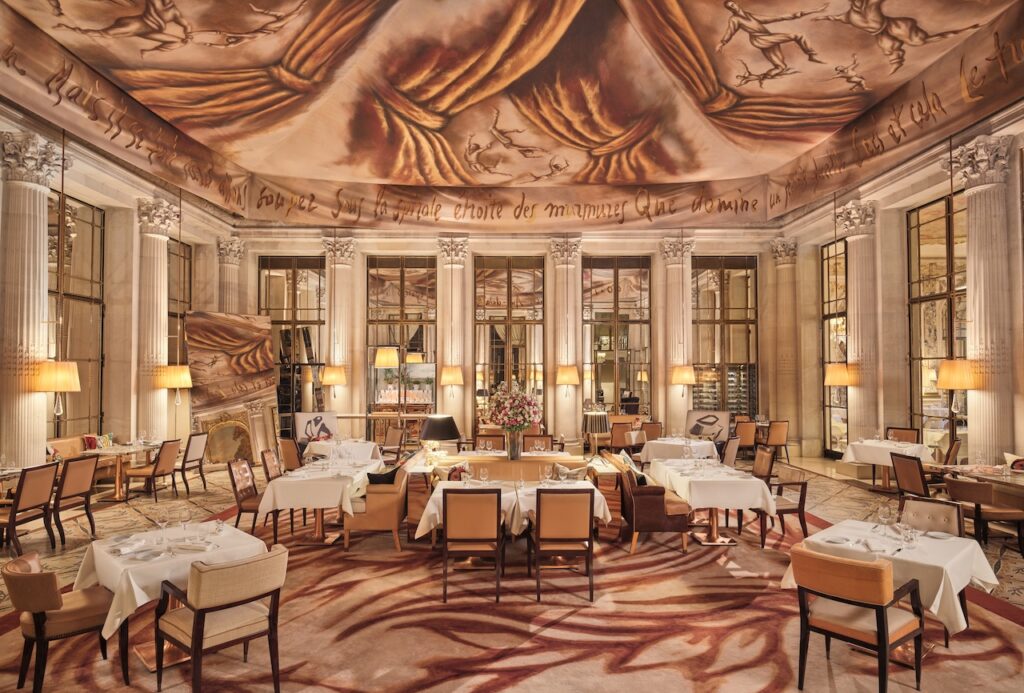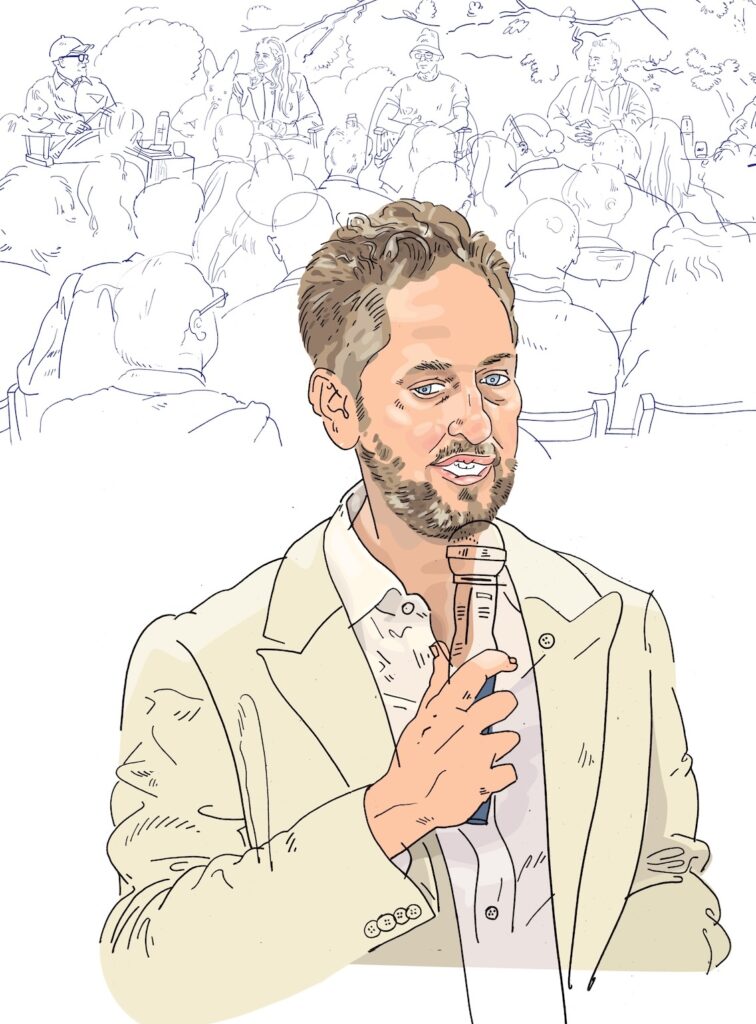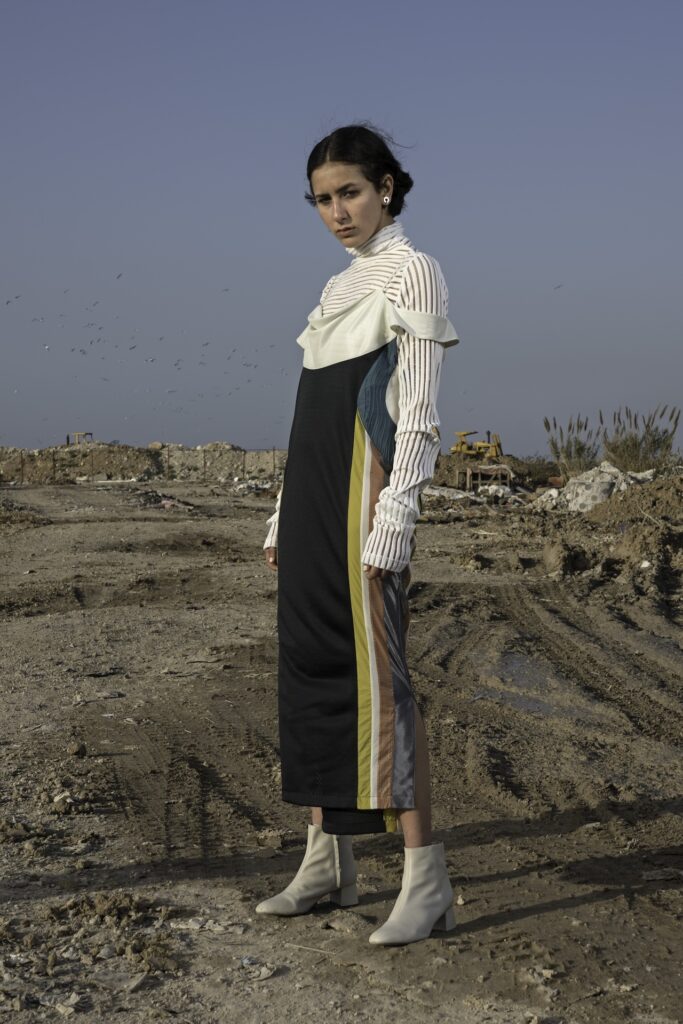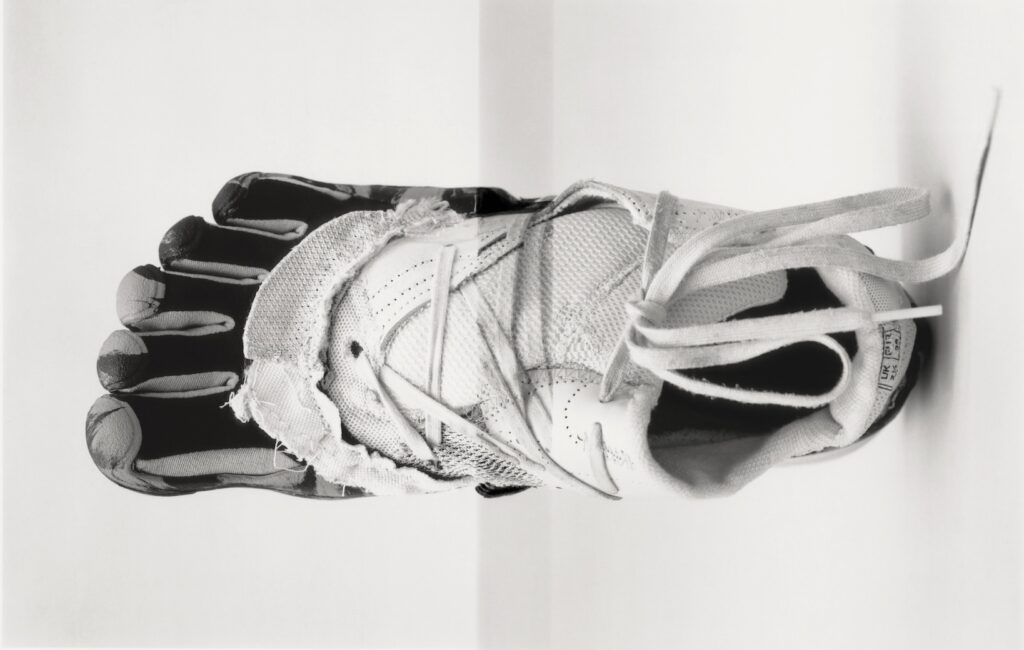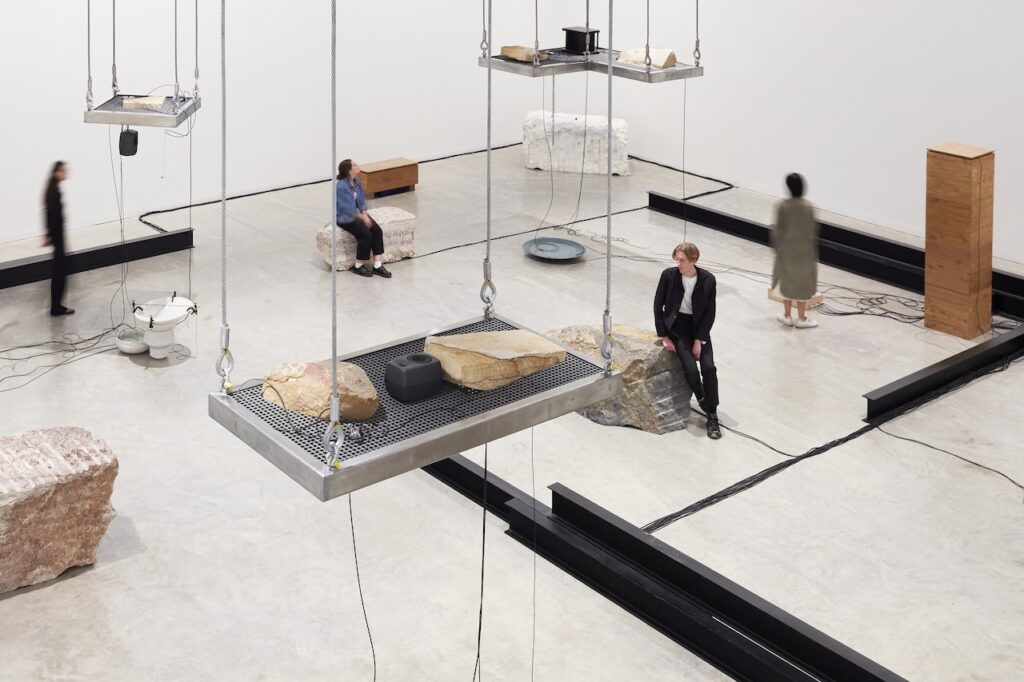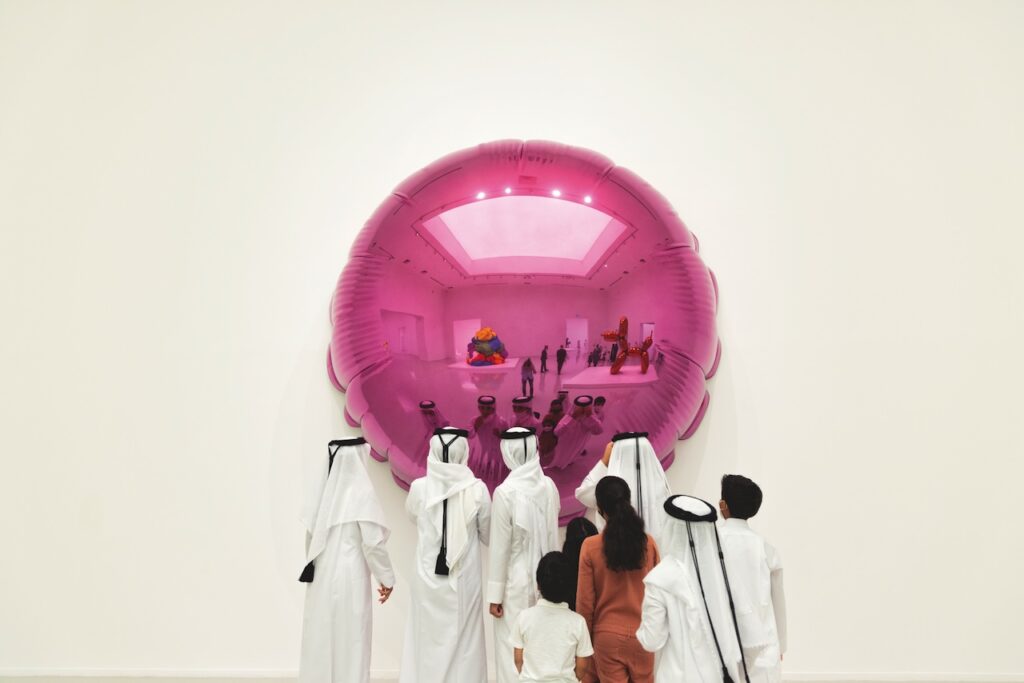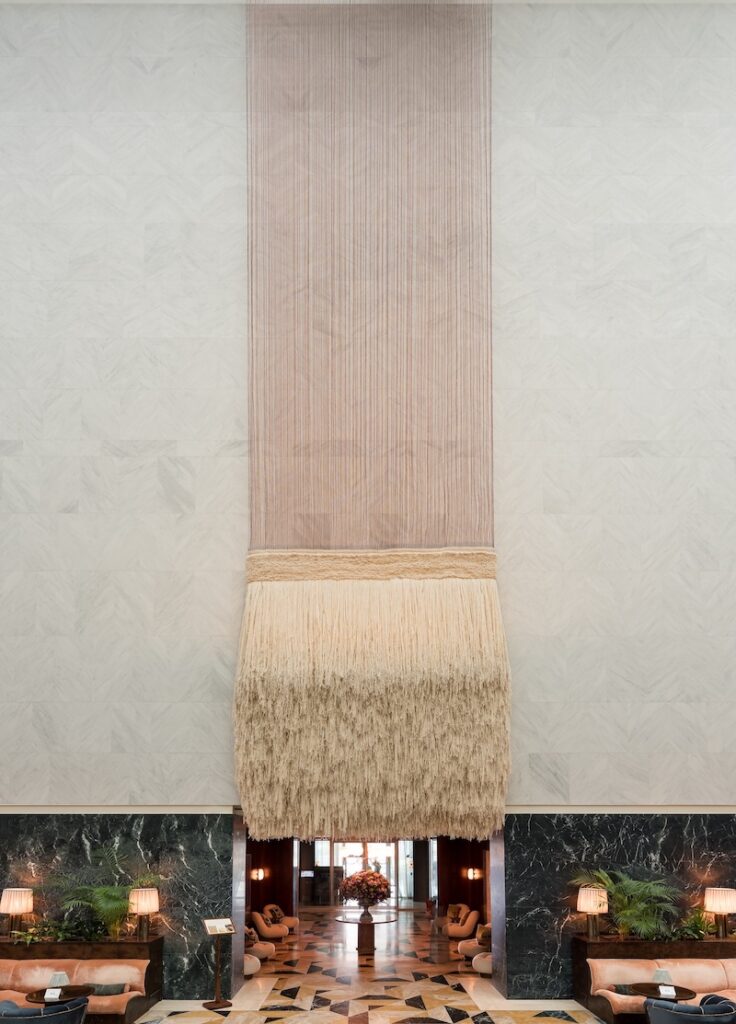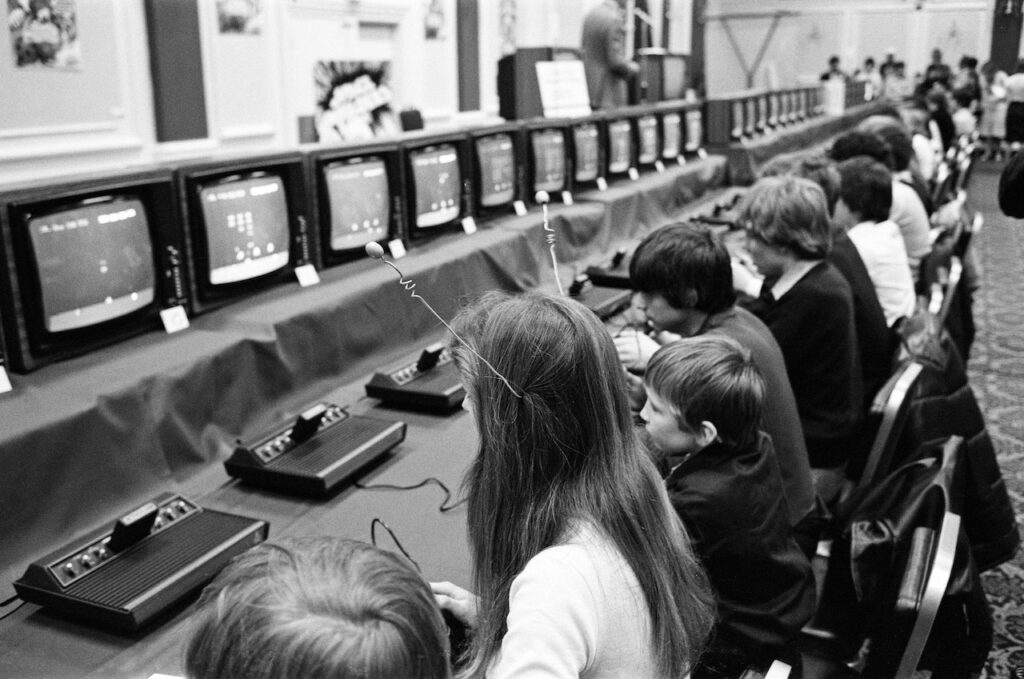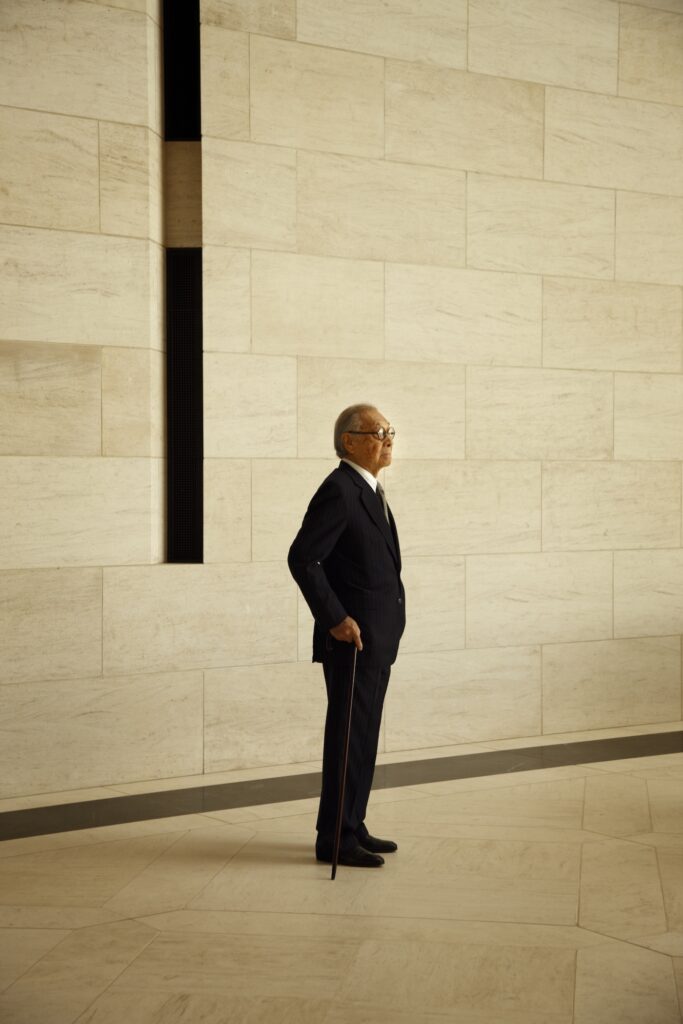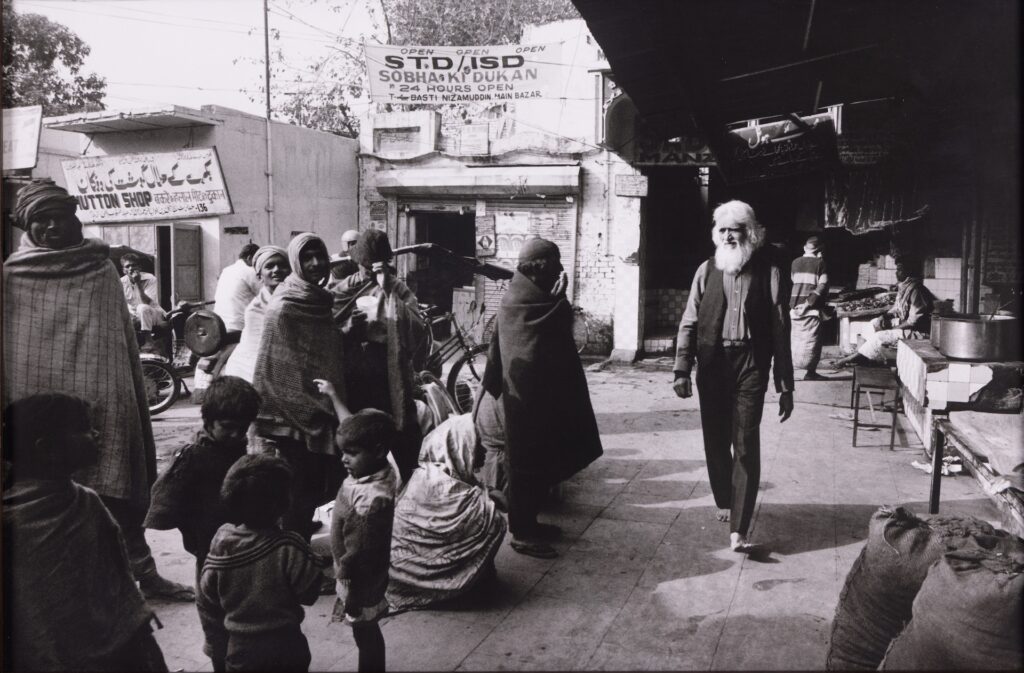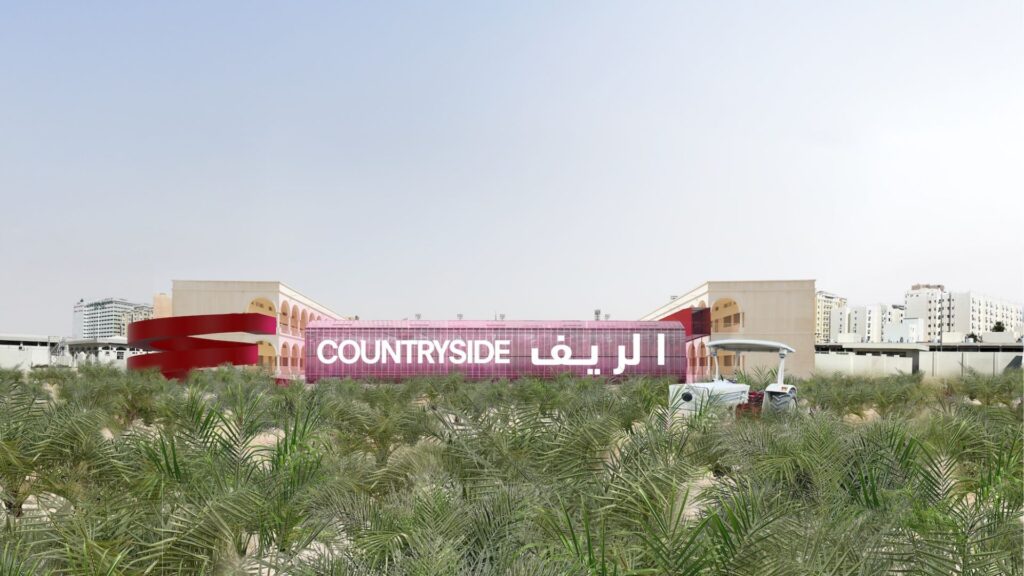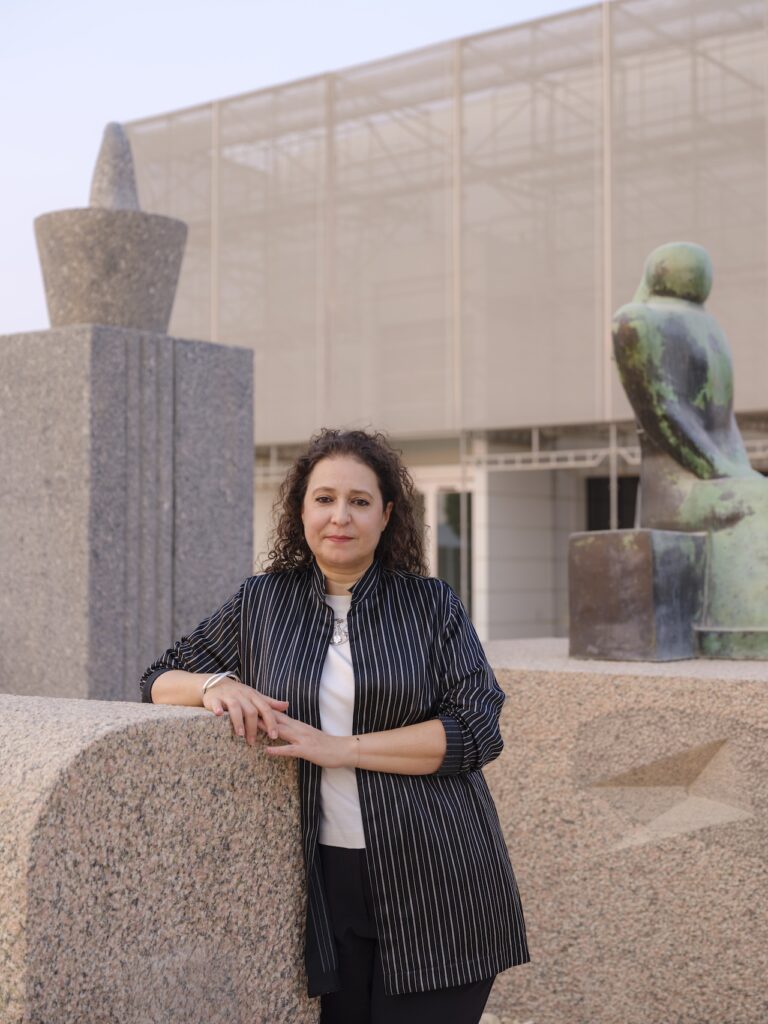Liwan x MaNa
A summer residency in France brought four Qatar-based designers into dialogue with centuries-old craft traditions
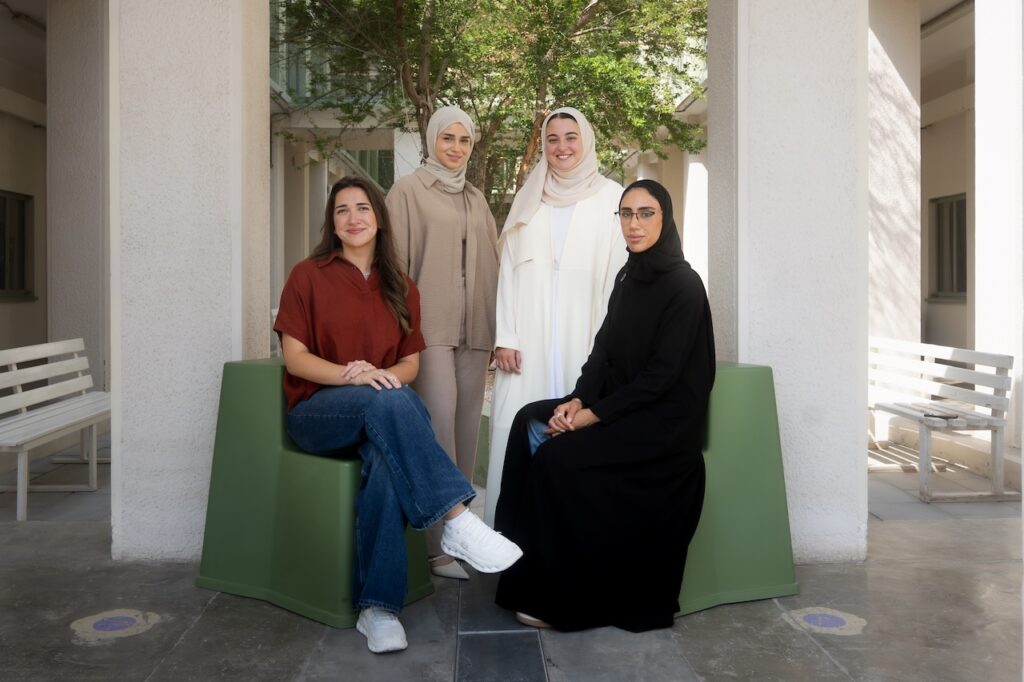
Since it was established in 2023, Liwan Design Studios and Labs has become a key hub in Doha for creative exchange. Housed in a former girls’ school, it is where designers explore how heritage can inform new forms of contemporary practice. Liwan’s latest initiative takes that mission on the road. In collaboration with Campus MaNa, a professional design and craft training centre in Burgundy, Liwan launched a summer residency offering four emerging designers based in Qatar nine weeks to experience traditional European craft techniques.
“France’s deep history of craftsmanship and design excellence makes it a natural partner for Liwan,” explains Liwan’s director Aisha Al Sowaidi. “This collaboration strengthens the creative dialogue between Qatar and France, showing how shared respect for craft and innovation can spark meaningful exchange and inspire future collaborations.”
The first five weeks of the residency were spent learning directly from master artisans in ceramics, woodworking, brassworking, natural dyeing and leatherwork. The second half challenged the participants to apply these skills to design projects that explored using innovative materials inspired by these traditional crafts.
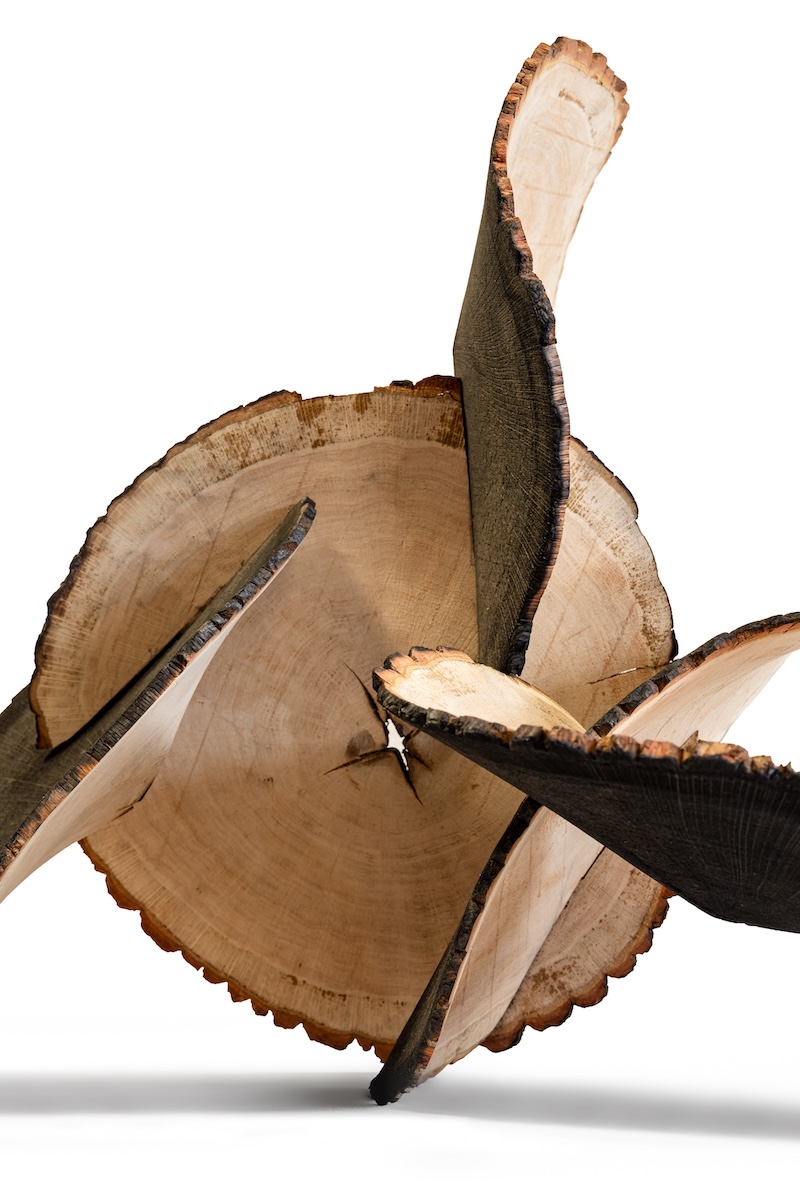
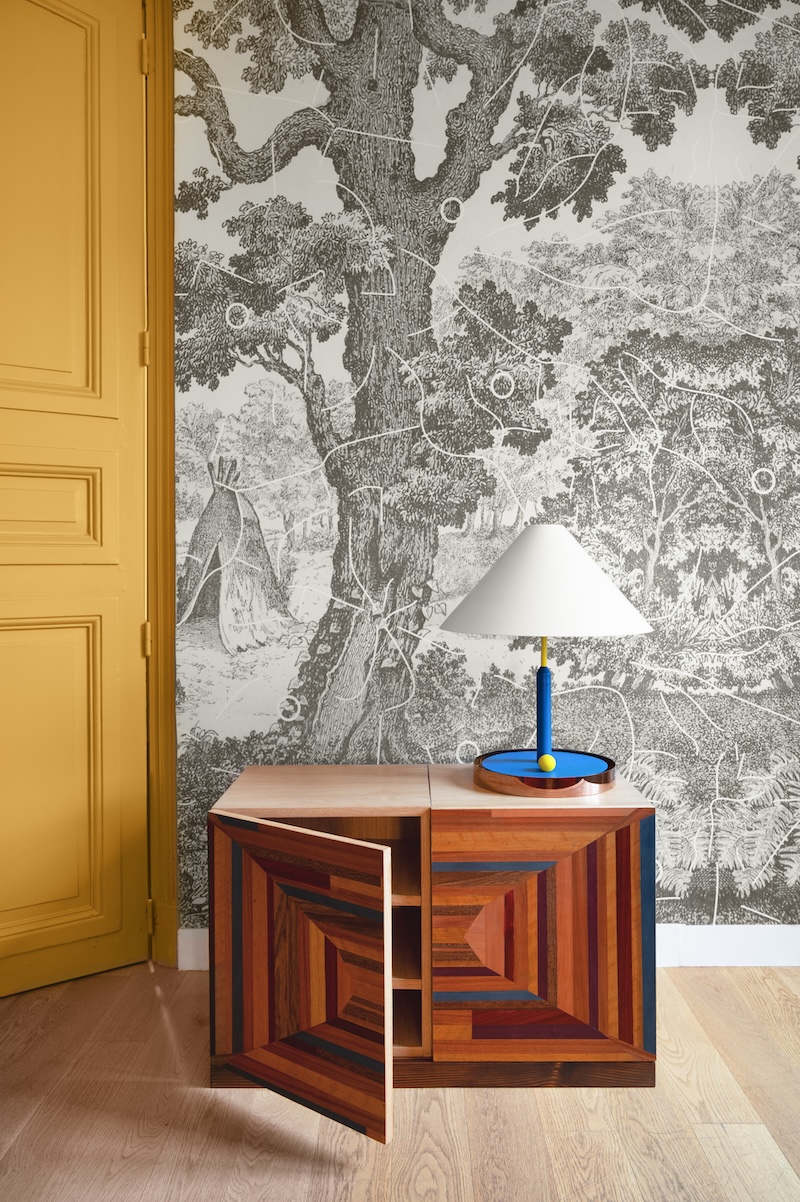
Against the Grain by Bashair Al Khulaifi
Photo: Estelle Lefevre
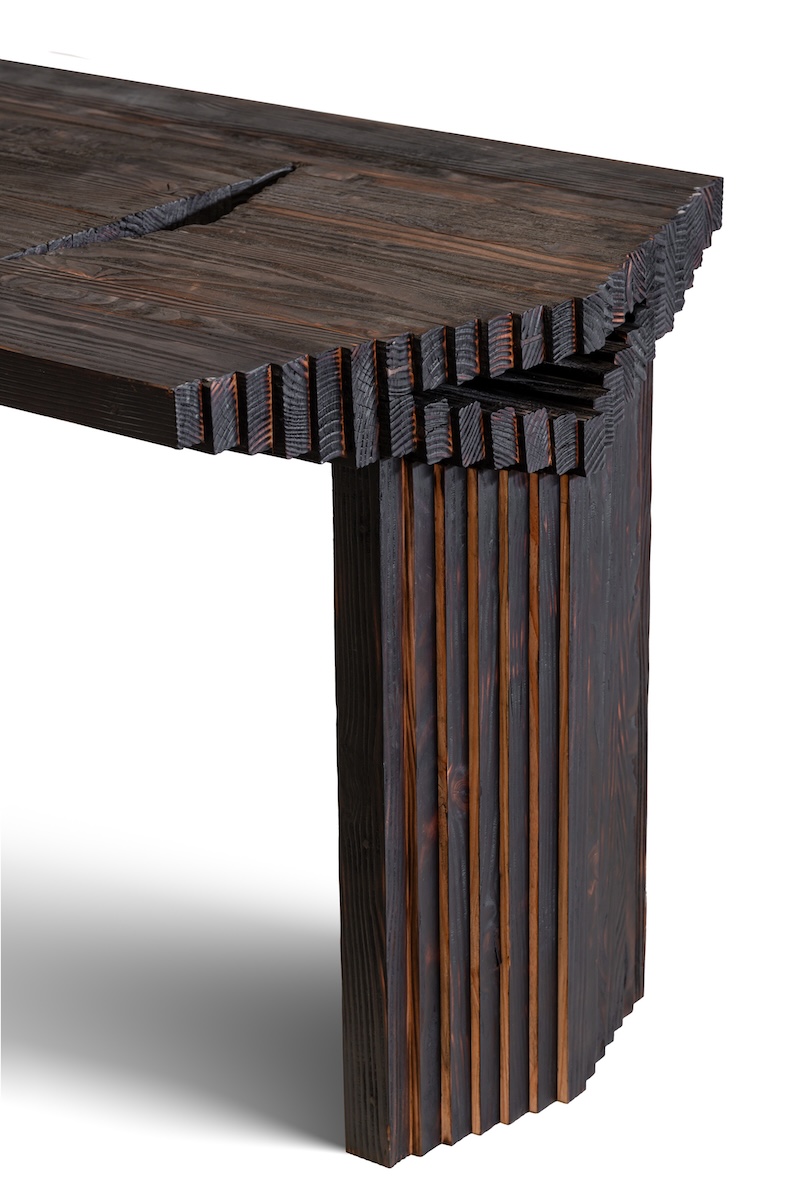
Among the works developed was a dining table by Doha-based designer Aia Zaina, who used the Japanese technique of yakisugi – a technique for preserving wood by charring its surface – with Douglas fir sourced from Burgundy. Through burning, brushing, stretching and scoring she created more than a hundred surface variations. “The table becomes an embrace of culture and imperfection,” she says. “Its function is not only understood as usefulness, but as a celebration of dialogue.”

“The residency made me reflect deeply on how I want to carry these lessons back into my practice in Qatar, by building bridges between local artisans, designers and communities.”
Reema Abu Hassan
Another participant, Haya Abu Alsaad, treated each week as an opportunity to create something new, producing a body of work that mapped her journey through techniques as diverse as stained glass, steel forging, paper-making and stage painting. “Every workshop inspired me to create pieces that reflected the craft we were learning,” she explains. “Rather than focusing on one outcome, I let each technique guide its own project.”
Reema Abu Hassan, a ceramicist and founder of Clay Encounters pottery studios in Doha, shared that sense of discovery. Like Alsaad, she experimented across materials and processes, creating a low table inspired by Qatari hospitality and wood-burning, while also joining forces with Zaina to produce modular wooden furniture that could transform from stools to benches or shelves. “What stayed with me most was the balance between tradition and experimentation,” she says. “The artisans carry generations of knowledge in their hands, but were open to dialogue and reinterpretation. That openness showed me how heritage can be alive and adaptable.”
For Bashair Al Khulaifi, the residency was defined by its dynamism. Each week brought a new material and technique, and she embraced the constant shifts as a way to expand her practice. “The process felt very dynamic,” she says. “It kept things exciting and diverse, and I really enjoyed how each project opened up new ways of thinking and making.” While she usually draws inspiration from the energy of people and places, the stillness of the Burgundy countryside offered space to reflect. “It reminded me how much my practice is shaped by my surroundings,” she says.
The outcomes of the residency will be presented at Liwan for the second Design Doha biennial, which will take place in April 2026. “Liwan’s mission is to celebrate Qatar’s heritage while encouraging new forms of contemporary design,” says Al Sowaidi. “I hope the designers return with fresh techniques and a renewed appreciation of how heritage can be reinterpreted – bringing back ideas that keep our culture alive and forward-looking.”

